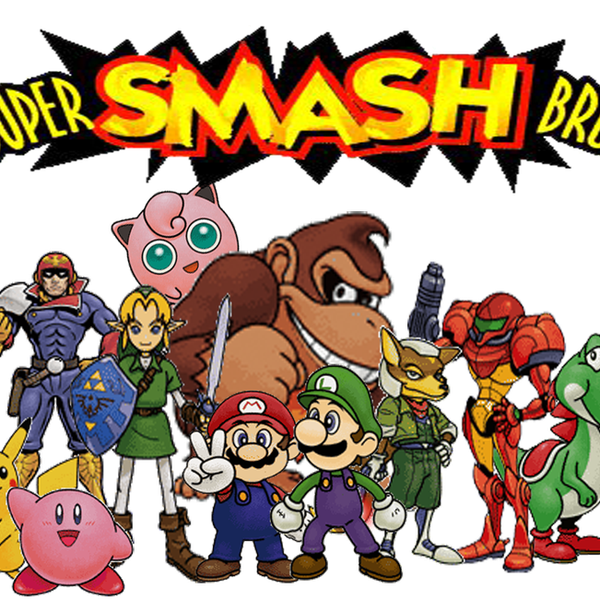If you've ever had to replace the battery in one of your SNES games—a terrifying experience that requires you to open the cartridge, exposing the motherboard to the elements—your eyes should now be opened to the impermanence of games in their original form. Games get bought, broken, thrown out and even forgotten. The sad fact is that if no one puts forth the effort, eventually cartridge games could disappear forever.
But it doesn't end there. Cartridges represent an ever-shrinking percentage of the collective history of gaming. Only Nintendo's 3DS continues to provide a platform for the production of these plastic prodigies. Now consider the longevity of other gaming necessities. Discs can get scratched, controllers of all shapes and sizes are manhandled from the day they are bought to the day they break and handheld systems can only be dropped so many times before they break.
So who will preserve this massive entity with respect the way the Library of Congress does for books or the National Film Registry does for movies?
Keeping Tabs:
Boasting over 8,000 members across 71 countries, the Videogame & Arcade Preservation Society is doing its best to keep tabs on classic arcade favorites. VAPS is not a facility that physically preserves the machines, but the fact that they have compiled a list of over 100,000 games and information on who owns which ones is a step in the right direction.
VAPS is free for anyone to join, whether they are an avid collector or just looking for a certain machine. The only requirement to join is a willingness to provide updated information to the official VAPS Keeper, so that they can continue track the games in their system.
Keeping the Classics:
Imagine a place that is dedicated to conserving the history of play, a massive toy box. Early settlers used to chase rolling wooden hoops, occasionally whacking it with a stick to keep it rolling—that was play. How we got from there to virtually soaring through the clouds on a Loftwing is an impressive feat. Play has been an important part of our society before societies like ours ever existed, and The Strong National Museum of Play can show exactly how it was done.
The Museum's video game collection alone has over 55,000 items that consists of more than just an expansive bookshelf packed with disks and cartridges. It is a collection of games and accessories that, according to their website, "have enjoyed popularity over a sustained period and have exerted influence on the video game industry or on popular culture and society in general."
The Strong is a not-for-profit organization with an emphasis on education through play, which is a remarkable aspiration. As a result, its focus is not on mass preservation of all things gaming. Instead, The Strong collects the quintessential pieces. If a game doesn't meet the criteria, it is still at risk of disappearing forever.
Do Your Part:
Unfortunately, the largest collection of games know is in the hands of a private citizen. The collection, which recently sold for $750,000, contained over 11,000 games.
If video games hold a special place in your life, I encourage you to visit The Strong Museum and VAPS' websites to see how you can contribute to these organizations. There are more ways to help than making donations, The Strong, for example, accepts suggestions for games that should be admitted to their hall of fame and ensures their preservation for years to come.
As Ben Reeves said in a recent Gameinformer article, "Video games have been a significant part of our cultural landscape during the late 20th and early 21st centuries." I would hate to see such an established art disintegrate under 20 feet of dirt, never receiving recognition for the contributions made on both personal and social levels.





















